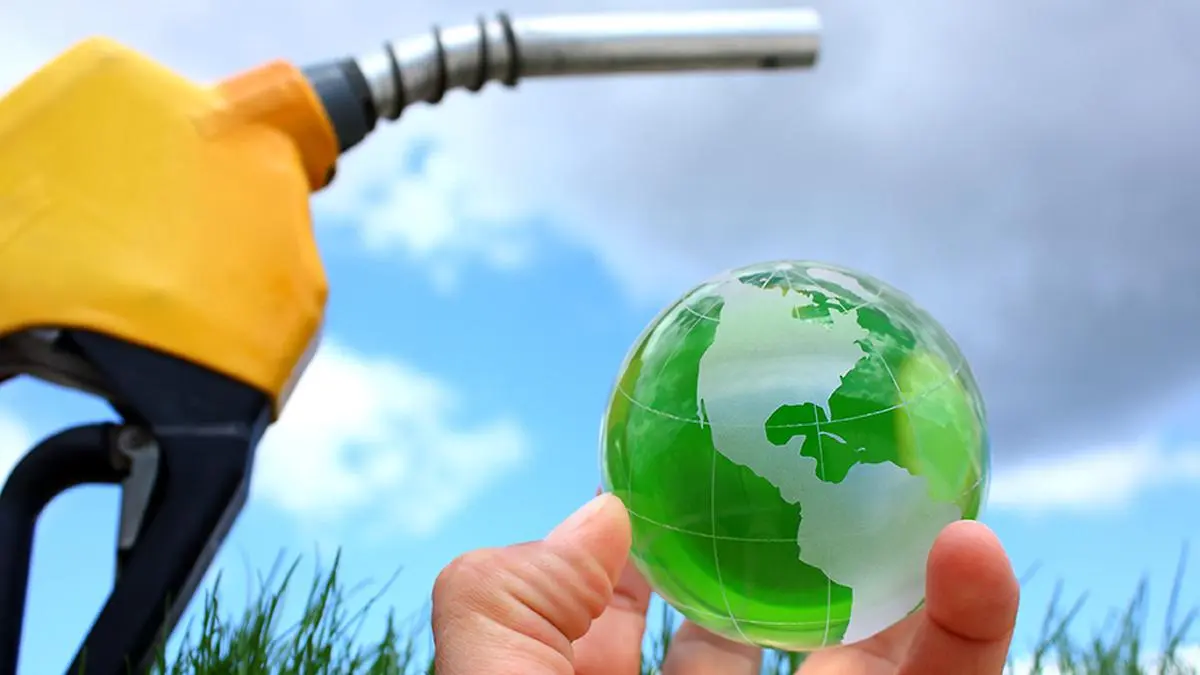[ad_1]

A forward-looking ethanol roadmap must pivot towards advanced biofuel technologies
| Photo Credit:
iStockphoto
Over the past decade, India’s Ethanol Blended Petrol (EBP) Programme has emerged as a cornerstone of the country’s green transition. As of February 28, 2025, India had already achieved a 17.98 per cent ethanol blending rate under the ongoing Ethanol Supply Year (ESY) 2024-25, with public sector oil marketing companies (OMCs) clocking 19.68 per cent blending in February alone. The country is now swiftly approaching the 20 per cent blending milestone.
While the E20 target by 2025 is a significant achievement, it must not be viewed as the final goal.
To move beyond E20, a forward-looking ethanol roadmap must pivot towards advanced biofuel technologies and systems thinking. Central to this is the scale-up of second-generation (2G) ethanol technologies, which utilise agricultural residues and avoid competition with food crops —thus promoting both environmental sustainability and food security. Simultaneously, the roll-out of flex-fuel vehicles (FFVs) and hybrid electric vehicles (HEVs) capable of running on higher ethanol blends is essential. These vehicles can serve as a bridge between today’s fossil-fuel systems and the net-zero future, enabling a cleaner, more flexible mobility ecosystem.
The establishment of ethanol-integrated bio-hubs — particularly in sugarcane-rich regions — can consolidate multiple renewable streams, including bioelectricity, biogas, and bio-fertilizers, thereby maximising resource efficiency and fostering a rural circular economy.
Backbone of ethanol economy
The sugar industry continues to be the backbone of the ethanol economy. Its ongoing investments in dual-feed distilleries, 2G ethanol production, and even Sustainable Aviation Fuel (SAF) have positioned it as a key contributor to the EBP Programme’s success.
For ethanol to move beyond E20, India must address structural bottlenecks. One of the most pressing is feedstock availability. A continued reliance on sugarcane and surplus FCI rice is unsustainable. A structured push towards maize and other non-food biomass sources is required to diversify inputs and de-risk supply chains.
On the policy front, GST rationalisation for FFVs (5 per cent), differential ethanol fuel pricing, and total cost of ownership (TCO) parity with BEVs will accelerate consumer adoption. A formula-based pricing model — linked to the fair and remunerative price of sugarcane — can bring long-term predictability for producers. Also, India must invest in ethanol-to-hydrogen conversion, SAF technologies, and carbon capture solutions that can expand ethanol’s utility far beyond conventional blending.
As India ramps up blending, global trade dynamics have added complexity. The US has sought greater access to Indian ethanol markets. While imports might seem to offer short-term support, they conflict with the very raison d’être of the EBP Programme — reducing foreign exchange outflow and uplifting domestic agriculture. The ethanol strategy must therefore be rooted in self-reliance — prioritising domestic production, while selectively engaging in global partnerships for technology transfer, R&D, and innovation.
The writer is Vice Chairman and Managing Director, Triveni Engineering & Industries Ltd, and Chairman, CII National Council on Agriculture and Co-Chairman, CII National Committee on Bioenergy
Published on May 7, 2025
[ad_2]
Source link


